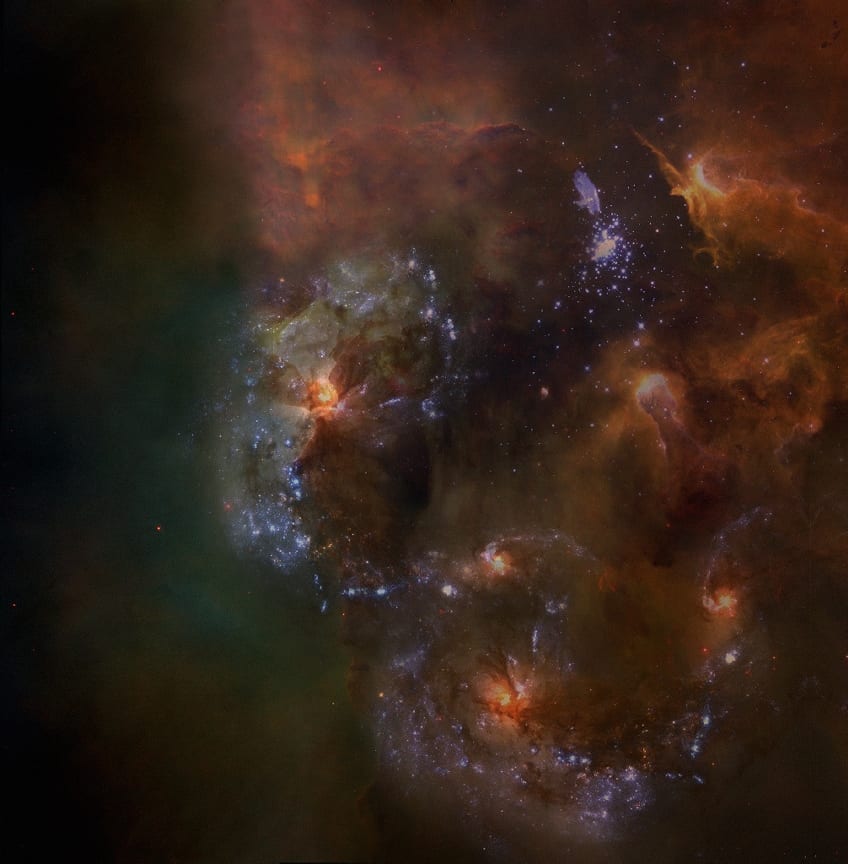New information on the evolution of galaxies
The evolution of galaxies have remained a mystery for a long time. Recently, academics at the University of Sheffield have solved a key factor in understanding the future of the Milky Way. Massive outflows of molecular hydrogen gas are expelled from Supermassive black holes in some galaxies. This causes most of the cold gas to dislodge from the galaxies. Cold gas creates new stars, which expands a galaxy. The outflows are an important factor in hypothetical models of the expansion of galaxies, but for a while now, it has been a mystery as to how they are accelerated.
New information that shows that the molecular outflows are increased by energetic jets of electrons that are moving almost at the speed of light. These jets are propelled by the core of the supermassive black holes. This recent information has been discovered by researchers in the University’s Department of Physics, along with partners from the Netherlands institute of Radio Astronomy and the center for Astrophysics, Harvard. Researchers used a gigantic telescope of the European Southern Observatory in Chile to examine the nearby galaxy IC5063. Analysts discovered that the molecular hydrogen gas is moving at very fast speeds–1 million kilometers per hour–at the area in the galaxy where it’s jets are affecting the range of dense gas. This information is beneficial in understanding the fate and future of our own galaxy, the Milky Way, which will eventually collide with adjoining galaxy Andromeda, in about 5 billion years.
Gas will become fixed in the core of the system, as a result of this collision, and fuel the supermassive black hole, and possibly leading to the composition of jets that will then dislodge the remain gas from the galaxy. This was the information they also saw in IC5063. Professor Clive Tadhunter, from the University’s Department of Physics and Astronomy, said: “Much of the gas in the outflows is in the form of molecular hydrogen, which is fragile in the sense that it is destroyed at relatively low energies. It is extraordinary that the molecular gas can survive being accelerated by jets of electrons moving at close to the speed of light.”














